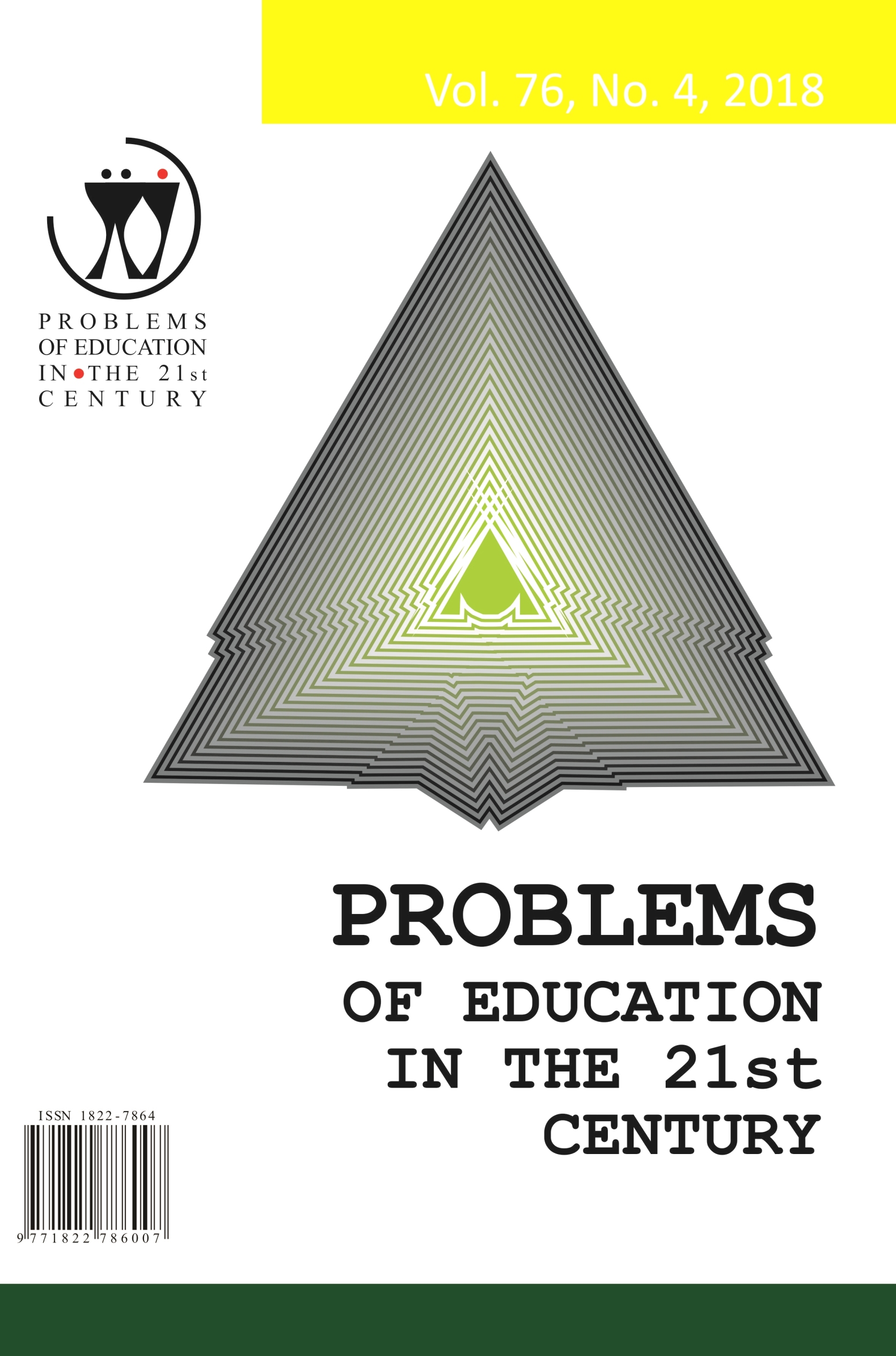THE PARADOX OF THE FLIPPED CLASSROOM: ONE METHOD, MANY INTENTIONS
THE PARADOX OF THE FLIPPED CLASSROOM: ONE METHOD, MANY INTENTIONS
Author(s): Johan Bäcklund, Martin HugoSubject(s): Education, School education, Methodology and research technology
Published by: Scientia Socialis, UAB
Keywords: flipped classroom; flipped education; qualitative interviews; teaching methodology;
Summary/Abstract: The Flipped Classroom is a teaching model where content attainment is shifted forward to outside of class, to be followed up by the teacher in class. In Sweden this way of teaching has become very popular during recent years. But what is gained by this way of teaching? Research on the Flipped Classroom in the context of the Swedish High School system is close to non-existent; why studies within this field are of great importance.In order to find appropriate informants, an electronic survey was constructed. Informants matching the selection criteria were then selected for qualitative interviews. In total nine informants agreed to participate in interviews (semi-structured) to describe their experiences from flipping their own classrooms.The informants reported that the transition from more conventional ways of teaching to using the Flipped Classroom entailed major changes. The informants pointed out that the process of moving away from the more conventional way of teaching improved their teaching. All of the informants expressed they all used the Flipped Classroom methodology but they all did it with different goals in mind and their approach varied a lot. By using the same terminology, it might seem that they worked with the Flipped Classroom in similar ways, but the results show they did not. Herein lies the problem: Teachers say they flip their classrooms, which they do, but they do not share the same goals or approaches, just the term: The Flipped Classroom.
Journal: Problems of Education in the 21st Century
- Issue Year: 76/2018
- Issue No: 4
- Page Range: 451-464
- Page Count: 14
- Language: English

